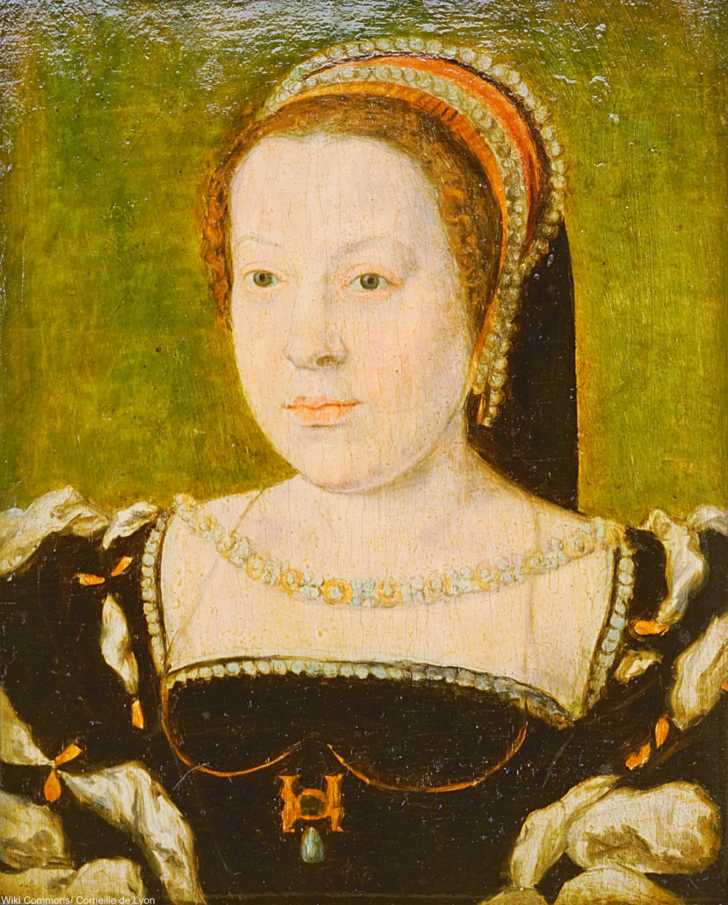The Crazy Things We Used to Wear- History’s Most Outrageous Fashion Statements
Fashion throughout the ages has taken some very interesting turns!
5) Lead Paint
As white ultra-white complexions were very en vogue across Europe in the 16th century, the use of expensive white lead face paint became popular. It was toxic and forced the skin to deteriorate and discolor (among other health problems it caused), but the wealthy elite of the day were addicted on the stuff. They would be quite literally hooked since more lead ceruse paint would be needed to cover up the effects of years of using it.

6) Corsets
Corsets were considered absolutely necessary by women of status for centuries. Even some children were expected to wear corsets! From the 1500s to the beginning of the 20th century, various forms of corsets were the norm for many women in Europe and the U.S. It wasn’t until World War I that the less-restrictive girdle overtook the corset as women’s clothing became smaller, shorter, and easier to work in.

7) Plague Masks
The bird-like mask, as part of a whole ensemble of protective gear, was in use during the 14th through 18th centuries. The long nose was intended to shield the doctor from the miasma or poisoned air that was thought to cause plagues. Other elements of the outfit included leather breeches, boots, and gloves to protect the skin from the infected air, a brimmed hat, and a wooden stick which may have functioned as a conductor’s wand of sorts in directing how to deal with the victim’s bodies. It makes for a great costume, but the gruesome realities of the plague mask are a chilling reminder of the power of the plagues.

8) Bustles
A fashion feature on and off throughout the 19th century, the bustle or “dress-improver” could be found under the skirts of many a middle and upper class lady. It served only one purpose and that was to make the derrière look most ample and fill a dress more aptly. The bustle trend finally died out when the new straight and narrow lines of the 1890s and beyond made the bustle impossibly out of date.

9) Powdered Wigs
In the 1600s, the threat of going bald (either from male pattern baldness or from syphilis) was a source of deep shame. Men of great power began to wear wigs as a way to save face and so they became fashionable across Europe and in the American Colonies. The scented powder was to cover the smells that an unwashed wig will almost certainly acquire with daily use. Surprisingly, George Washington did not wear a wig, but he did powder his hair to get the look.

While we wouldn’t wear most of these garments today except for a costume, they were not uncommon in their respective eras. Materials were far more costly and garments were washed far less frequently. This made the function and form of each item far more important and led to some very distinctive fashions over the centuries.
Check out 100 years of women’s fashion in 3 minutes right here!
SKM: below-content placeholderWhizzco for DOT

